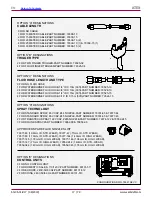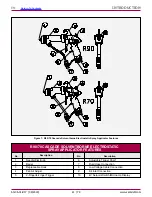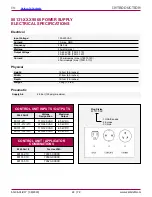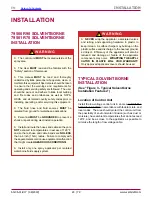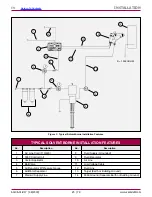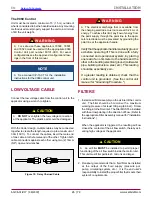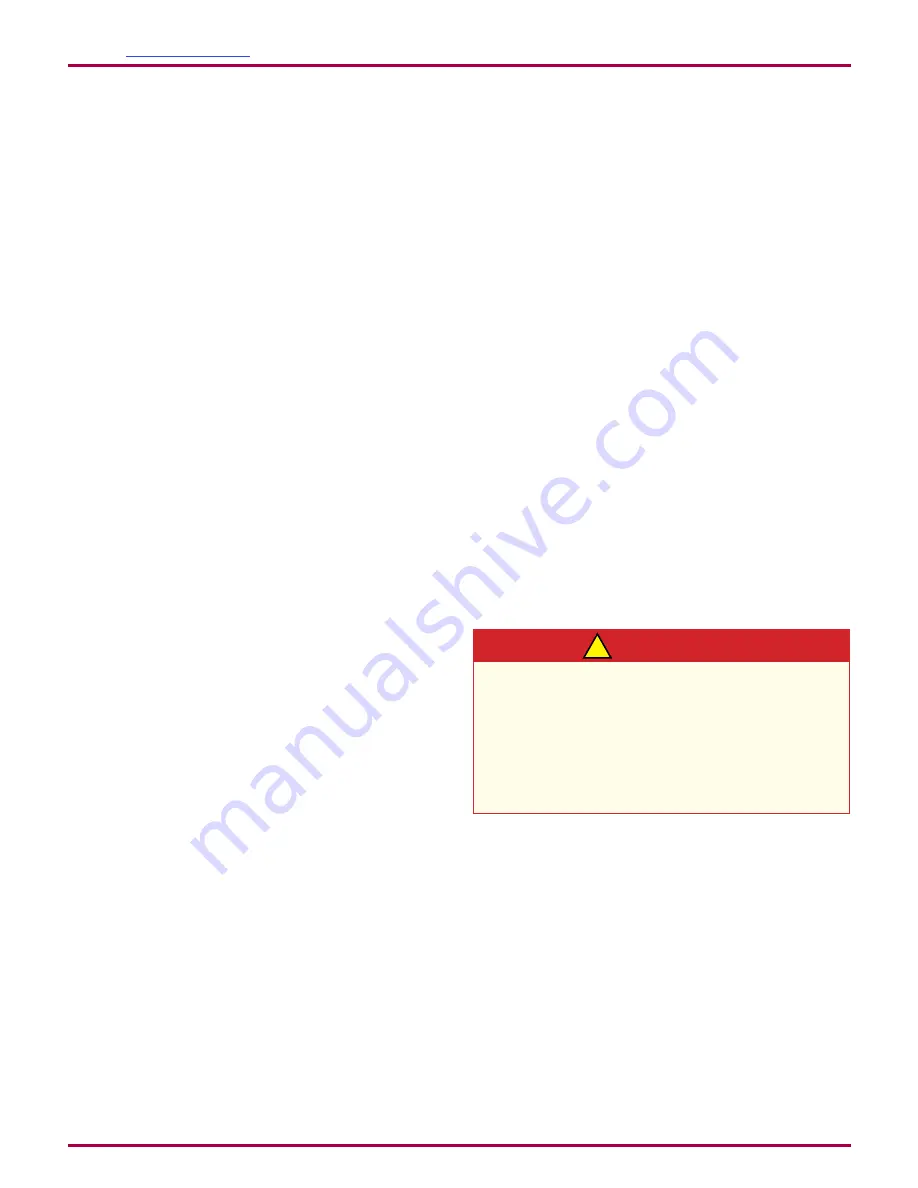
INTRODUCTION
WA R N I N G
!
GENERAL DESCRIPTION
The
Vector
TM
R90/70
Spray Applicator
process is
an air-atomized method for electrostatically applying
product coatings. The Vector R90/R70 Spray Appli-
cator system applies a high voltage DC charge to the
applicator electrode, creating an electrostatic field
between the atomizer and the target object.
Vector™ R90
Cascade Spray Applicator
(see
Figure 1) applies a -85 kV DC charge to the coating
materials at the point of atomization. The
Vector™
R70 Cascade
Spray Applicator
applies a -65 kV
charge. This electrostatic charge allows a more ef-
ficient, uniform application of coating material to the
front, edges, sides, and back of products. It is highly
suitable for applying coatings to a variety of surface
configurations: large targets, small parts, tubular
wares, concave and recessed parts, etc. Because it is
a grounded fluid system (for solvent based systems),
it is highly suitable for applying a wide range of solvent
reduced coatings such as enamels, lacquers, epoxies,
etc. The 79523 model is available to accommodate
waterborne materials.
A regulated pressure fluid system delivers coating
material to the atomizer. At the time of triggering the
applicator, fan and atomization air is introduced, which
atomizes the coating material into a spray mist. The
atomized spray particles under the influence of the
electrostatic field become electrically charged. The
charged particles are attracted to, and deposited on,
the target object. The forces between the charged
particles and the grounded target are sufficient to
turn most normal overspray around and deposit it
on the back surface of the target. Therefore, a high
percentage of the coating is deposited on the target.
One of the many features of the Vector
R90/70 ap-
plicator system is that the electrical energy, which is
available from the resistive charging electrode, is lim-
ited to the optimum level of safety and efficiency. The
system is incapable of releasing sufficient electrical or
thermal energy during normal operating conditions to
cause ignition of specific hazardous materials in their
most easily ignited concentrations in air.
The control unit or power supply provides voltage
output to the applicator and contains controls for AC
on/off, high voltage adjust, and displays kV and µA
in real time.
As the applicator electrode approaches ground, the
control unit and applicator circuitry cause the high
voltage to approach zero while the current approaches
its maximum value.
When more than one waterborne applicator is
fed from a common isolated fluid supply, there is a
potential for electrical energy discharge through any
other applicators when one applicator is triggered.
Depending upon the system capacity, this discharge
could be hazardous. It is best to only install one
applicator per isolated supply.
AH-06-01-R17 (08/2019)
18 / 79
www.carlisleft.com
INTRODUCTION
EN














